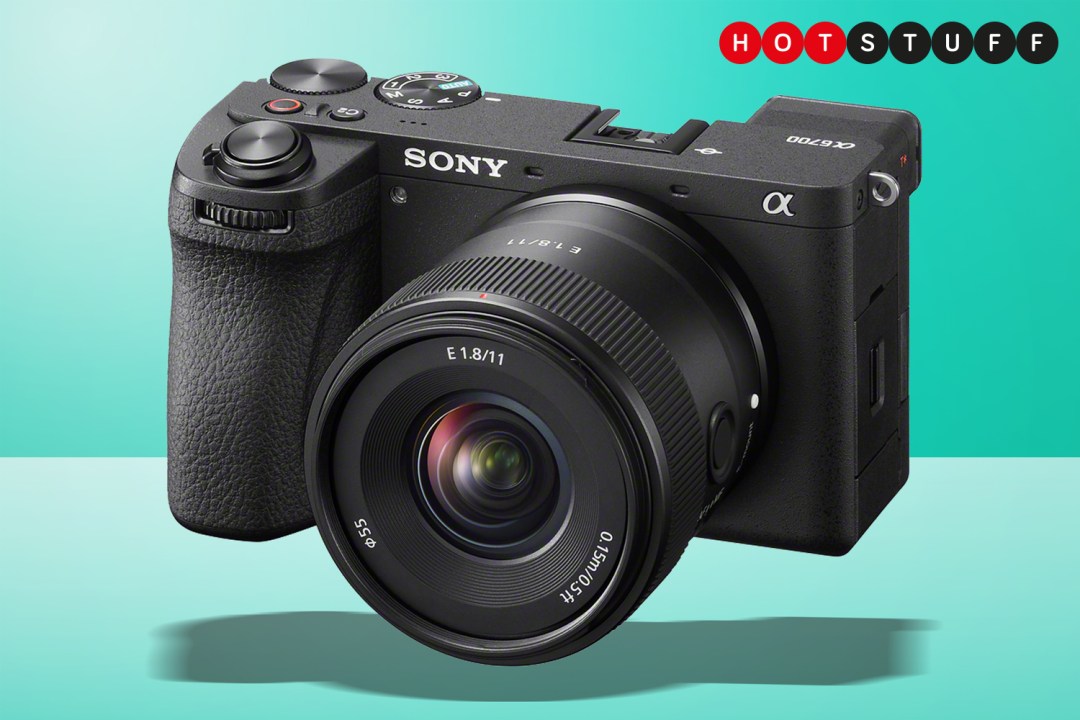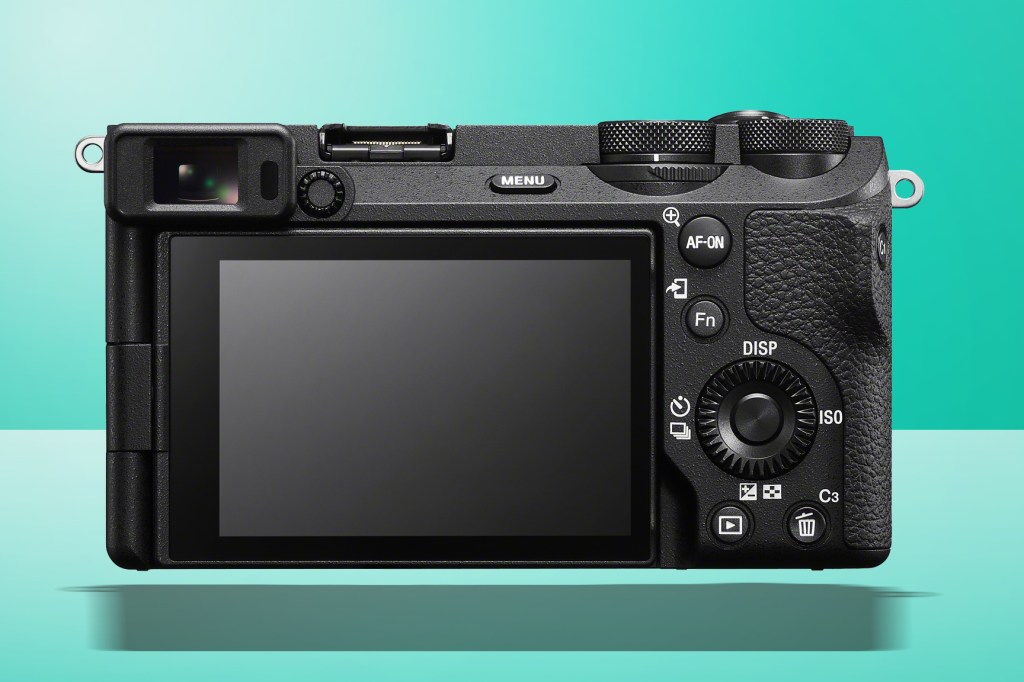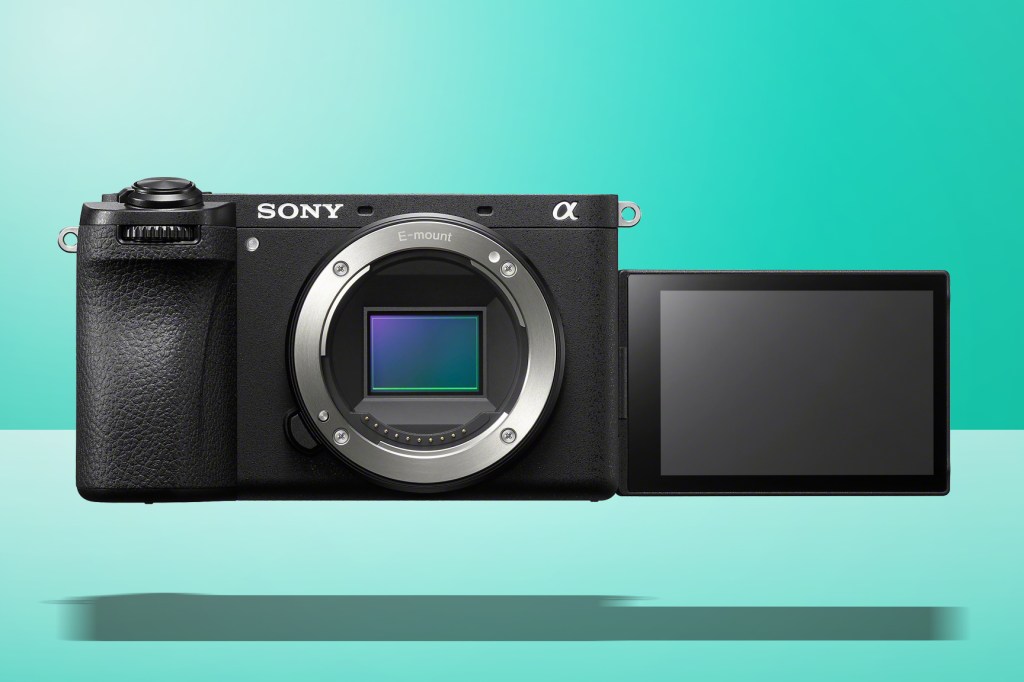Sony A6700 is a premium APS-C camera with AI assistance
Who needs full-frame anyway?

It’s official: the Sony A6700 has arrived, supplanting the ageing A6600 as the company’s premium APS-C sensor E-mount camera. While Sony’s full-frame E-mount models like the A7 IV tend to hog the limelight, its APS-C cameras deliver a lot of the same functionality in smaller, lighter and more affordable packages.
That seems to be the whole idea behind the Sony A6700, which borrows heavily from the brand’s pricier, chunkier cameras like the A7R V, bring over advanced features like 759-point AI-assisted autofocus and the ability to record 4:2:2 10-bit video for wide dynamic range and rich, accurate and smoothly gradated colour tones. The result, according to Sony, is their most advanced APS-C camera to date.
- Read: Sony ZV-E1 review
The A6700 is built around a newly developed 26MP BSI APS-C sensor, Bionz XR processing unit and all-new AI processor. These elements team up to offer a host of improvements over the 24.2MP A6600, like support for HEIF (a first for Sony APS-C) and lossless compressed RAW and a large buffer memory allowing bursts of up to 1000 JPEGs to be captured in continuous shooting mode (which, like the A6600, can capture stills at 11fps with both AF and AE engaged). The AI processor helps out with autofocus (it’s used to identify subjects like humans and motorcycles for the AF to track) as well as with features like auto framing, which crops in on a subject and follows them as they move around the frame.
Some other things are retained from the A6600, like the 5-axis in-body image stabilisation and the ISO range: 100 to 32000, or 50 to 102400 in extended mode.


Video can be recorded in 4K quality at up to 60fps (doubling the A6600’s frame rate), or 120fps for 5x slow-motion playback (or dial quality down to Full HD and you can capture at 240fps for 10x slo-mo). You can use Sony’s picture profiles such as HLG, S-Cinetone or S-Log3, as well as loading and applying your own LUTs in-camera.
Sony claims that the rolling shutter issue that could be seen in older models has been fixed, too – so you should be free to pan the A6700 about without making vertical lines look oddly wobbly. They’ve also fitted the camera with a gyro sensor, which allows for smoother image stabilisation to be applied in post-processing using Sony’s Catalyst Browse desktop app. We’ve seen some great results with this on the likes of the A7S III previously, so it’s good to see it coming to smaller, more affordable models.
Ergonomics and usability has been given a tweak over the A6600 too: there’s a shapelier grip to aid hand purchase when using heavier lenses, the 3in vari-angle screen flips out to the side rather than upwards, and the touch UI has been overhauled to make it richer while being simpler to use.
The Sony A6700 will be available from September 2023, priced at US$1,399 / £1,450 / €1694. At the time of writing the Sony UK site doesn’t have any further info, but make sure to check out the interchangeable lens camera page for future updates..
- Related: Best mirrorless cameras



